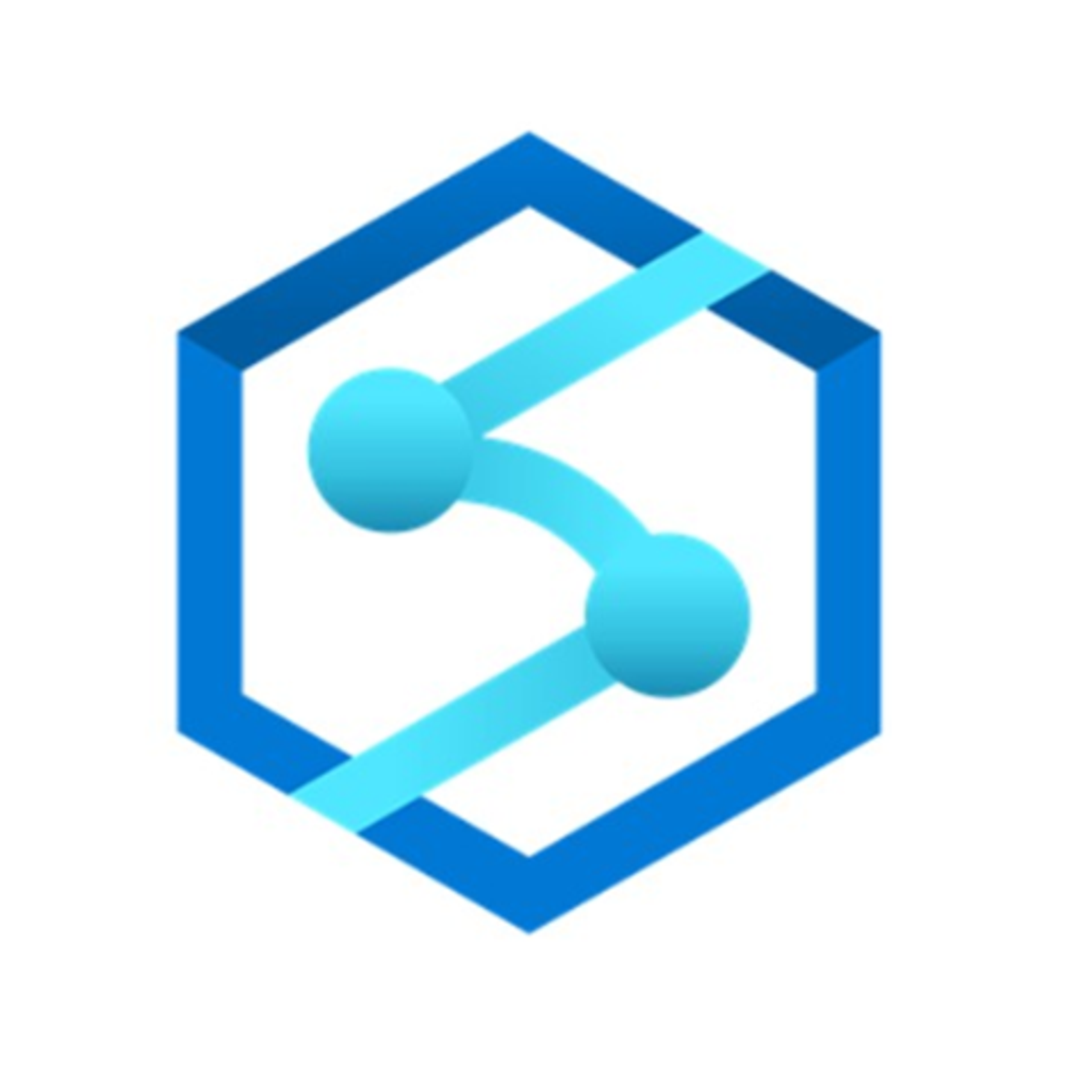Back to Courses









Information Technology Courses - Page 66
Showing results 651-660 of 1471

Improve Business Performance with Google Forms
By the end of this project, you will create and execute a customer satisfaction survey using Google Forms, and then analyze the form responses. Creating your survey will depend on what your company wants to analyze. Are customers satisfied with the products offered? Or, are customers satisfied with the services offered? You have the option of deciding the specifics of the survey based on your company’s needs. In this course, you will create a survey to determine if customers are satisfied with the services of an appliance repair company. Once you have created and collected your survey responses, you will analyze the results using graphs provided by the Google form. Graphs are a great visual tool that allows you to quickly see different trends occurring within your business, instead of having to shuffle through pages of a report. In this project, your graph will visually show you customer satisfaction ratings. Creating a survey gives you the ability to review customer feedback, and allows you to more accurately adjust your business practices to fit the needs of your customers. Doing so will help your company improve products and/or services for increased customer satisfaction, and in the long run, increase your business’s bottom line.
Note: This course works best for learners who are based in the North America region. We’re currently working on providing the same experience in other regions.

Azure Synapse SQL Pool - Implement Polybase
In this 1-hour long project-based course, you will learn how to implement Polybase in Azure Synapse SQL Pool.
In this project, we are going to see how to implement Polybase in Azure Synapse SQL Pool.
Polybase in simple words is, a feature provided by Azure SQL Pool through which you can access the data stored in Azure Data Lake Storage/Blob/HDFS using a SQL interface to access the files stored in above mentioned storage systems. Basically, you can execute SQL queries on the files containing the data.
To implement Polybase the source that we are considering is a text file stored in Azure Data Lake Storage - Gen2.
Pre requisites:
1. Azure subscription account
2. Basic understanding of Azure SQL Pool and Synapse Analytics
3. Basic understanding of T-SQL queries
Here is a brief description of the tasks we are going to perform in this project:
Task1: Create Azure Data Lake Storage - Gn2
In this task we are going to create the ADLS account which is going to have the source file (Customer.txt) which we would be eventually reading via SQL queries.
Task2: Create Source File and upload it on ADLS container
In this task, we are going to create a sample comma delimited text file and also see how to upload it on the container created in the ADLS account. Task1 & Task2 is to prepare our source.
Task3: Create Azure SQL Pool
In this task, we are going to create Azure SQL Pool and Azure Synapse Workspace. Polybase is a feature supported by Azure SQL Pool hence we need to create this service along with Synapse Workspace account.
Task4: Configure Polybase
So far in all above tasks we have created all the resources needed to configure and implement Polybase. Hence, in this task we are going to see how to configure Polybase.
Task5: Polybase in action
In this task, we are going to see polybase in action. We are going to see how to execute SQL queries on the Customer.txt file stored in ADLS account and retrieve the data.

Creating dynamic SQL derived tables with LookML and Liquid
This is a Google Cloud Self-Paced Lab. In this lab you will learn how to create and update SQL derived tables to generate dynamic values.

Android App Capstone
This Capstone project will enable you to demonstrate multiple skills from the Certificate program by solving an authentic real-world problem—creating a native Android mobile app.
This course will test your knowledge and skillset. On completion of the Capstone project, you’ll have an interactive mobile application that you can show to recruiters and potential employers.

Deploy a website to Azure with Azure App Service
In this course, you will see how web apps in Azure allow you to publish and manage your website easily without having to work with the underlying servers, storage, or network assets. Instead, you can focus on your website features and rely on the robust Azure platform to provide secure access to your site.
You will see how Azure App Service enables you to build and host web applications in the programming language of your choice without managing infrastructure. You will also learn how to create a website through the hosted web app platform in Azure App Service.
You will learn how to use the publishing features built into Visual Studio to deploy and manage ASP.NET Core web applications hosted on Azure. You'll use Azure App Service to scale a web app to match planned seasonal throughput requirements and also meet demand during short-term peak events. By the end of this course, you'll be able to create and maintain web apps that use Docker images that are stored in Container Registry.
This course will help you prepare for the Microsoft Certified: Azure Developer Associate certification. In this course, you will take a practice exam that covers key skills measured in the exam. This is the sixth course in a program of 8 courses to help prepare you to take the exam.
This course is part of a Specialization intended for developers who want to demonstrate their expertise in all phases of cloud development from requirements, definition, and design; to development, deployment, and maintenance; to performance tuning and monitoring. It is ideal for anyone interested in preparing for the AZ-204: Developing Solutions for Microsoft Azure exam. By the end of this program you will be ready to take and sign-up for the Exam AZ-204: Developing Solutions for Microsoft Azure.

Automate Validation using the Data Validation Tool (DVT)
This is a self-paced lab that takes place in the Google Cloud console. Data validation is a critical step in data warehouse, database, or data lake migration.
DVT prints results in the command line interface by default, but can also write results to BigQuery. It is recommended to use BigQuery as a report handler to store and analyze the output.

Create a Cosmetic Anomaly Detection Model using Visual Inspection AI
This is a self-paced lab that takes place in the Google Cloud console. Create a Cosmetic Anomaly Detection Model using Visual Inspection AI

Business Case for Cloud Workloads
Learn what a workloads placement strategy is, why it is important, and how to demonstrate to customers the tangible value that Intel® technical optimizations offer as part of the workload placement process.
● Cloud Customer Business Drivers and Requirements: This lesson identifies what business and ecosystem drivers lead a business to adopt a cloud infrastructure and what requirements that should incorporate into their cloud business decisions. (Duration: 30 minutes)
● Cloud Services Business Impacts: In this lesson you will learn about cloud services considerations, cloud transformation business methodology, and the value of Intel technology in the cloud. (Duration: 30 minutes)
● Yes: This lesson describes the challenges businesses face in building a digital enterprise and how the cloud supported by Intel® technology help deliver strong value in meeting their business requirements. (Duration: 30 minutes)
● Aligning Cloud Business Needs - Use Case Discussions: This lesson provides role play scenarios describing how to handle four distinct cloud business use case discussions. (Duration: 41 minutes)

Introduction to the Threat Intelligence Lifecycle
Today, we are faced with the increasing challenges of dealing with more aggressive and persistent threat actors, while being inundated with information, which is full of misinformation and false flags across multiple, unconnected systems. With information coming from such a wide variety of sources, how do you tell what is reliable and actionable, and what isn't?
The Threat Intelligence lifecycle is the planning, collecting, processing, analyzing, and disseminating of information to help mitigate potential attacks and harmful events by treat actors.
In this course, you will learn to:
- Describe the different phases of the Threat Intelligence lifecycle
- Explain the levels of information
- Identify different intelligence data sources
- Explain procedures and techniques used to process and analyze information
- Discuss distributing intelligence to different audiences

Data Management with Azure: Implement Compliance Controls
Confidential data stored within a Microsoft SQL Server or Azure SQL Database should be classified and kept safe within the database. This classification allows the SQL Server users, as well as other applications, to know the sensitivity of the data that is being stored. Classification and protection of the data stored in the database is a must – implementation of row-level security can restrict row-level access based on a user's identity, role, or execution context and with the implementation of Dynamic Data Masking you can limit sensitive data exposure to non-privileged users. Using the Azure portal, you can identify, classify, and protect your sensitive data.
In this intermediate-level guided project "Data Management with Azure: Implement Compliance Controls”, you will create an Azure SQL Server and set up sample database. Using sample database, sensitive data will be classified and “protected” using row level security and dynamic data masking. You will also learn what is and how to use Microsoft Defender for SQL.
The requirement for this project is having a free and active Azure account and an active Azure subscription. You will be given short instructions on how to get them in the first task.
Popular Internships and Jobs by Categories
Browse
© 2024 BoostGrad | All rights reserved


